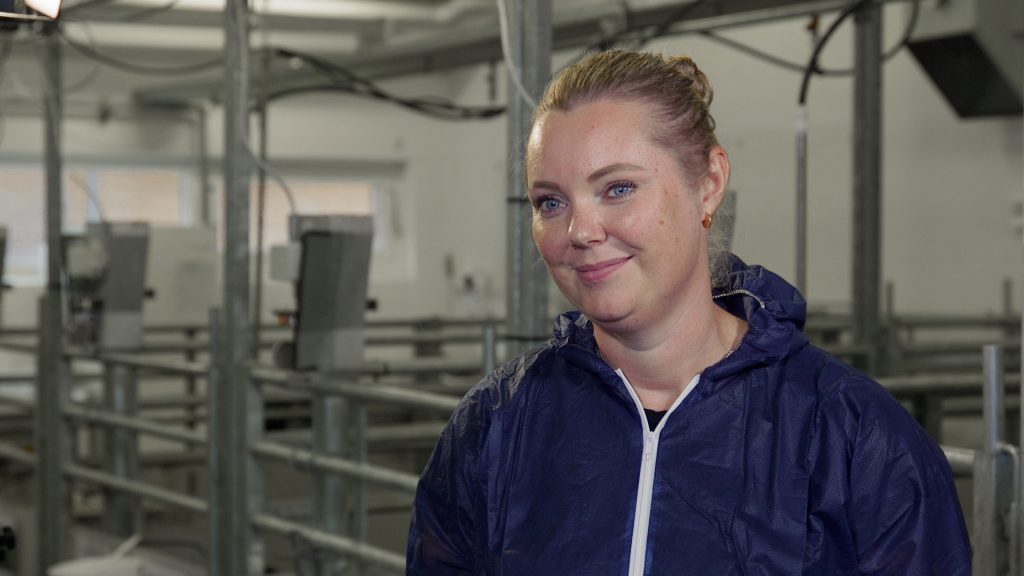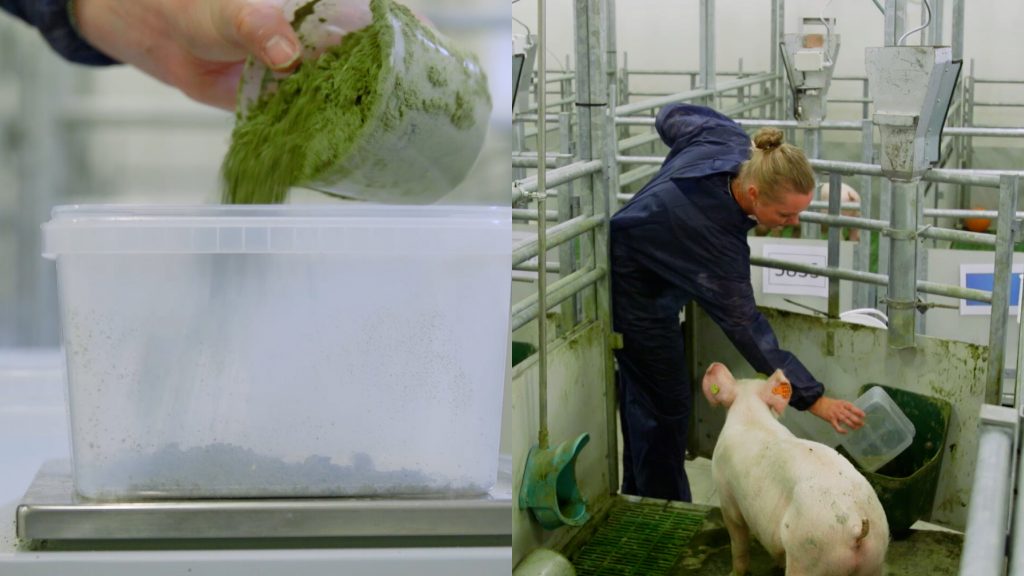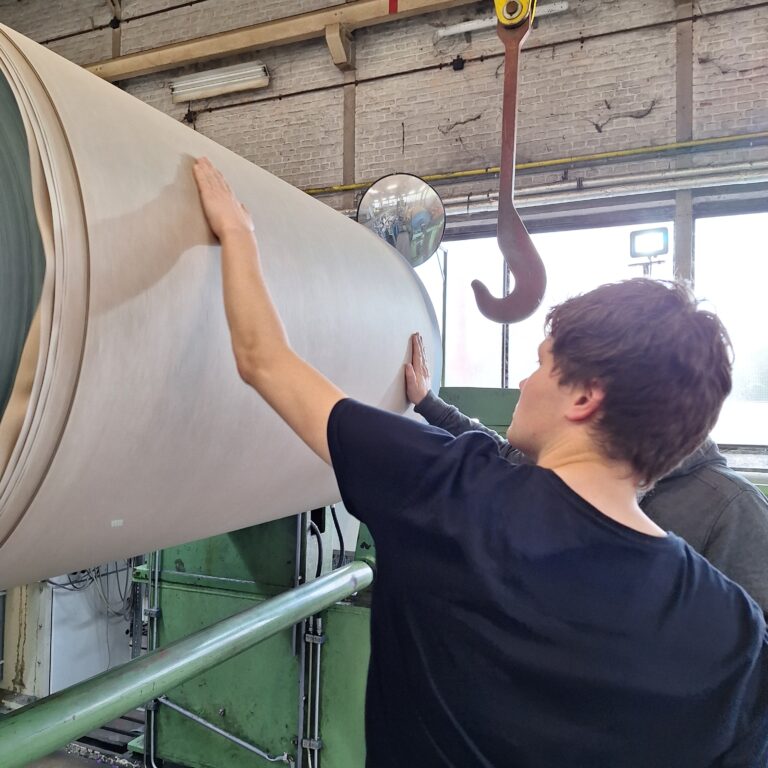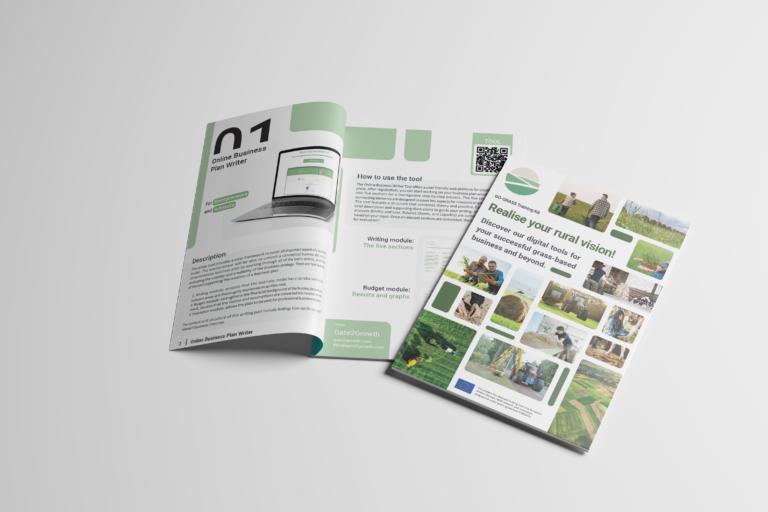Grass – the new source for green protein for pigs
In a purple overall she checks daily whether everything is in order in the experimental pig barn of Aarhus University in Denmark. Lene Stødkilde-Jørgensen is an assistant professor and researcher of the GO-GRASS project. Her mission: To produce new, sustainable feed for pigs; for healthy animals and a healthy planet. In the interview she speaks about the importance of change, the potential of grass and gives insight into her research work. – The following interview has been edited and condensed.

What is your research about?
In Denmark we have a large pig production. So, we need a lot of protein for these animals. Most of this protein comes from soy, which we import from either South America or from China. My research is about finding alternative protein sources for animal feed, something that we can grow locally in Denmark.
Why is this important?
In the coming years, we will experience a very large increase in the demand for animal-based products. If we want to meet this increase in a more sustainable way, we are forced to look for more sustainable alternatives to imported soy. Another issue is that we are very dependent on the import of soy.
Why does Denmark depend so much on soy imports?
The climate does not allow us to grow it here with a high yield. So, we look into locally grown crops and how to use them as a protein for the pigs.
What crops could substitute soy?
In northern Europe and in Denmark especially, alternatives to soy could be grass and legumes grown on Danish soil, like lucerne, red clover and festulolium. But the problem is that the pigs cannot utilise all the nutrients that are in the grass.
So, pigs cannot feed on the grass directly?
They can eat it, of course. It is not toxic or anything. But they cannot extract the proteins from the grass due to the high content of fibre. For the grass to be a good protein source for the pigs, we need to separate the proteins from the fibre for them. We do that by biorefining the grass into a protein concentrate, a green powder that we can mix into the feed for the pigs.
Can you substitute soy entirely with protein from grass that way?
We import a lot of soy. So, it is a huge amount of protein that we need to substitute, but we can grow enough grass and legumes on the fields in Denmark to substitute the soy import. But I think the first step would be to substitute some of the protein, maybe 30 percent. Then, we will work from there, because soy is a very good protein source when you look at the quality.
How do you study whether these grasses are a good protein source for pigs?
When we extract the protein from the grasses and legumes, we look into the chemical composition. How much protein do we have? What kind of proteins? That is the first step, but we also need to see how well the pigs can utilise the proteins. We can have a protein with a very good balanced composition, but if the pigs cannot utilise the protein, then it will never be a good protein source.
How do you find that out?
We are feeding the pigs with the protein extracted from the different plants. They get a specific amount of feed for a certain amount of time. Then, we look at the feed intake. Will the pigs eat our feed and can they grow on the feed? For that, we weigh them once a week to see if they grow as planned. We also check the digestibility of the protein. We collect undigested material from the small intestine of the pigs. Therefore, we have implanted a small tube, a canula, into the lower part of the small intestine. We know how much protein we fed the pigs and how much undigested material we have collected and can then calculate how much the pig cannot utilise. And by doing this, we can estimate how well the pig can digest our specific protein sources.

© European Science Communication Institute
Why is it necessary to test the grass protein on pigs?
Because pigs will be the end users. We can do tests in the lab, but we get the most accurate results by performing the tests on the pigs. If grass protein is to be a good substitute for soy, we need to demonstrate that there are no adverse effects of feeding it to the pigs. We also need to show that pigs fed with grass protein have the same growth and feed utilisation as pigs fed with soy.
Can you reveal some of your research findings?
We have optimised the biorefining process and now have protein sources with a very high content of protein. In many cases, the protein content is much higher than that of soy products. The pigs responded well to these protein sources and data show that processing time, i.e., the time from harvest to the final dried product, is crucial for the quality in terms of digestibility. It is important to focus on a fast precipitation instead of aiming at a higher protein content via additional refining.





